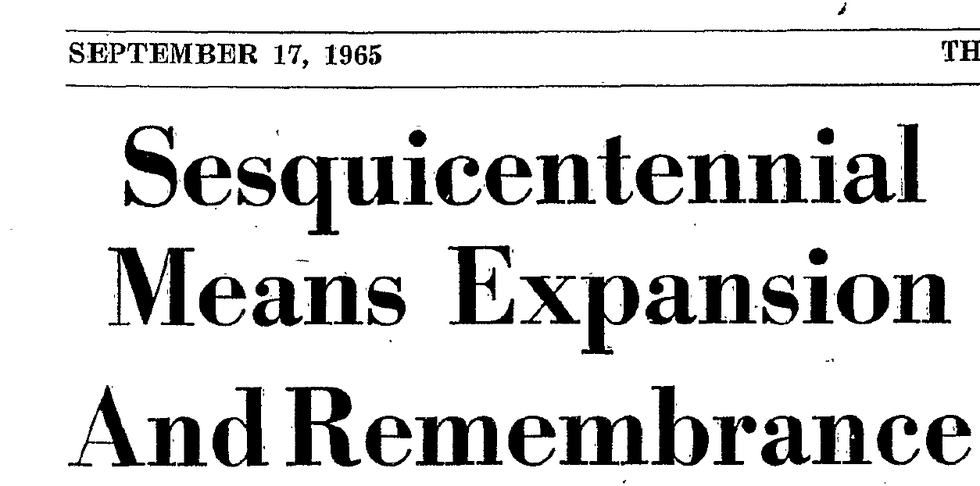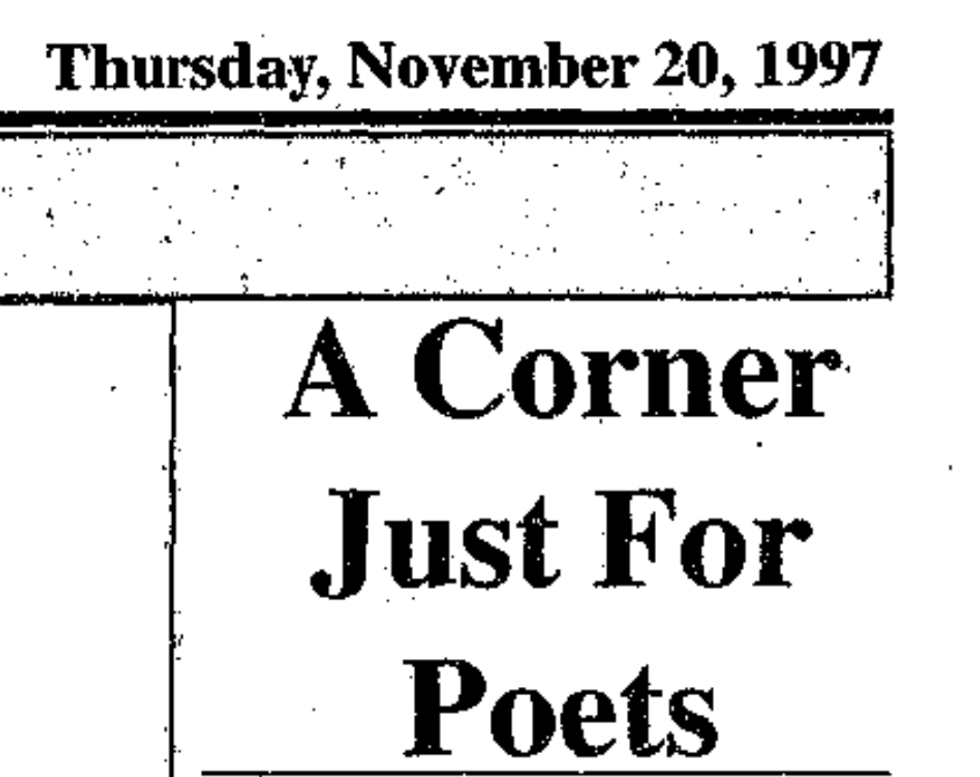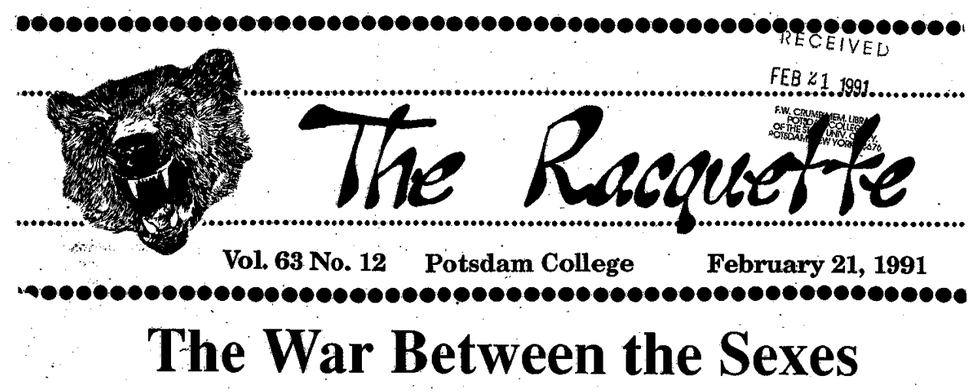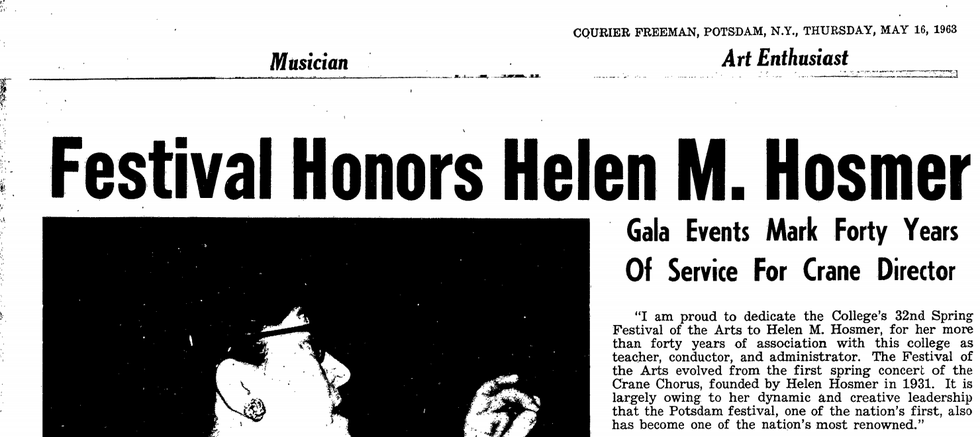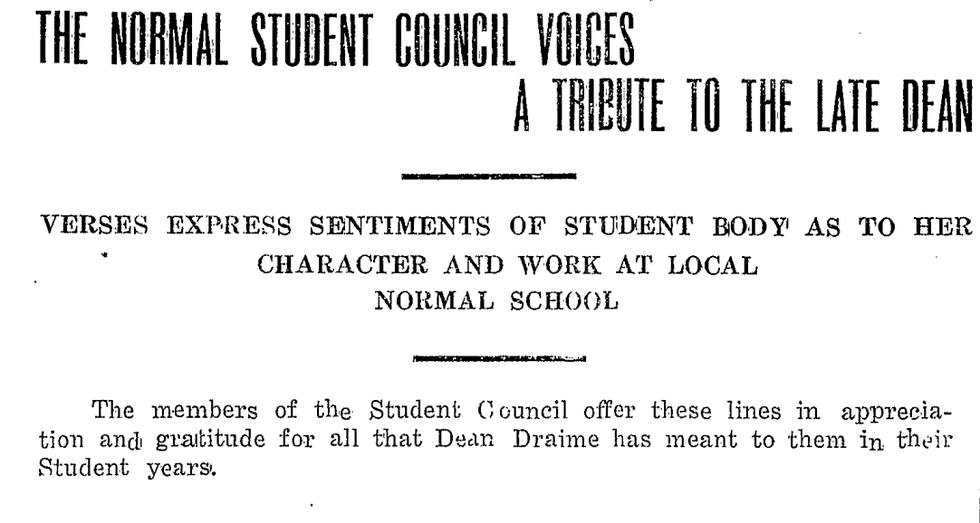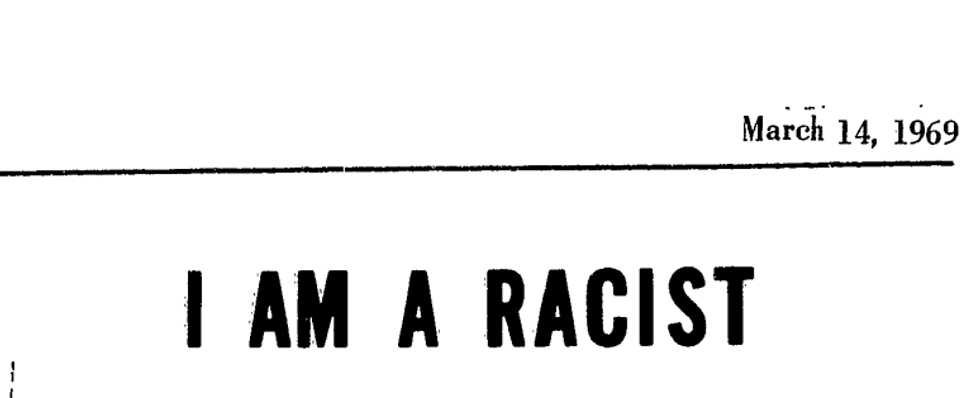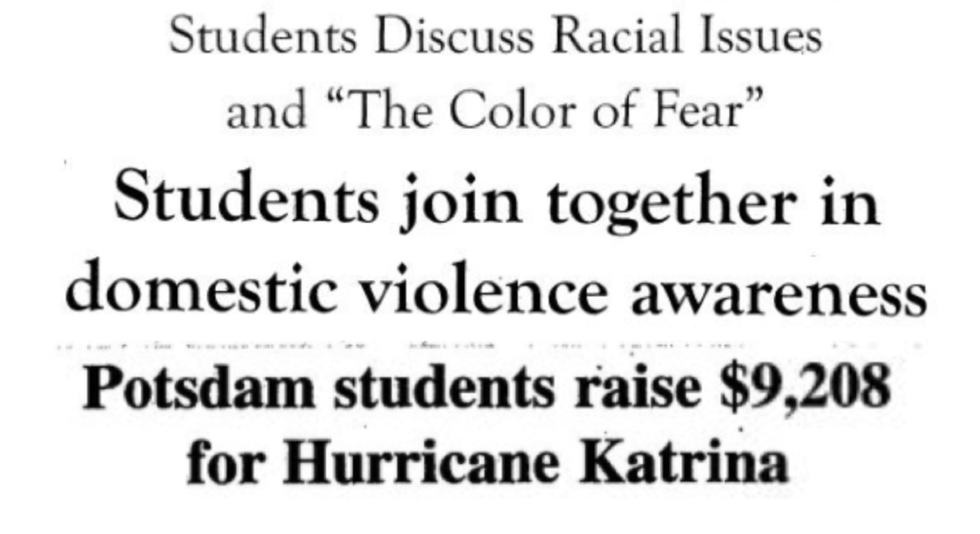SUNY Potsdam, the first and oldest of all the SUNY schools in the system, is 200 years old now. It is important to learn about the history of the institution in order to gain some historical context surrounding the names, places, traditions and experiences that we as SUNY Potsdam students grow to recognize at least by the end of our first semester. Take a look at these 10 tidbits of SUNY Potsdam history that are worth knowing.
1. Before the Bicentennial, there was the Sesquicentennial.
On March 25, 2016, SUNY Potsdam turned 200 years old and celebrated the first bicentennial in the SUNY system. The celebrations were an exciting experience for the students, faculty, staff and the extended Potsdam community that includes alumni, faculty emeritus, parents and friends. Have you ever wondered what previous anniversary celebrations have been like? In the 1965-1966 academic year, Potsdam celebrated its 150th birthday. In September, there was a sesquicentennial convocation that included a lecture and a performance by the Crane Wind Ensemble. In April, Dr. Samuel B. Gould, former President of the State University of New York, gave an address to SUNY Potsdam. This was one of the highlights of the celebratory year.
Read the full archived document on the Sesquicentennialhere.
2. The Poetry Corner in Morey Hall existed for a long time.
Have you ever walked through Morey or MacVicar Halls and noticed those small little nooks off the side of the hallway? Did you know that one of these small corners – in Morey Hall, specifically – was dedicated to poets since 1997? If you go and take a look, there is a sign on top of the bulletin board that says “Poetry Corner.” Former SUNY Potsdam Professor Dr. Paul Saint-Amand and former student Shane Borza developed the idea for a poetry corner to promote creative writing on campus. Ever since I became a student at Potsdam, I heard students in the English Department ask, “Why isn’t there any poetry on the bulletin board?” Fortunately, however, I noticed more poetry and writing-related posts on that bulletin board this year. Let’s keep Borza’s idea alive and take advantage of that creative space.
Read the archived document on the Poet's Cornerhere.
3. S.A.G.E. (Student Activists for Gender Equality) has a long history of fighting for their cause.
The club's mission encompasses a message that we all need to consider, if you haven't already. They are a club that millennials need to advocate for. I don't want to speak for the Contributing Racquette Writer from the article in the picture above, but I will say that this student in particular is talking about issues that some people still struggle to understand. This article is from 1991 - 25 years ago. The history shows us that we came a long way as a campus on these particular issues, but we can always go further!
Read the full archived document on gender equalityhere.
4. Helen Hosmer was joyously celebrated for 40 years of service at the Crane School of Music in 1963.

Read the full archived document on Helen Hosmerhere.
5. Lehman Hall also has a lot of significance.
We all love Lehman Hall– especially fun nights at Hurley's. The only aspect about Lehman that we don't love is what happens about 30 minutes after eating at the Lehman Dining Center– at that point, we just hope the best for our digestive systems. But, in all seriousness, Lehman Hall has a long history at SUNY Potsdam. It is named after Dr. Clarence Lehman who, during his time as President of Potsdam Normal School, transformed our institution into Potsdam State Teacher's College in 1942. Dr. Lehman also held high stakes in moving Potsdam State Teacher's College to a new location– the address that SUNY Potsdam is now reserved to.
Read the full archived document on Lehman Hallhere.
6. There was also a Dean of Women at one point-- and she was awesome.
Whether you lived there or just needed to figure something out with the Residence Life Office, we've all been to Draime Hall. It turns out the building was named after Dean of Women, Anna P. Draime, who came to the Potsdam Normal School in 1906 as an English teacher. She was admired by many and was often referred to as, "a teacher of teachers," for her fresh ideas and caring sympathy. Draime passed away in 1927.
Read the full article on Draime Hallhere.
Read the full archived document on Dean Draime's passinghere.
7. The life-saving College Writing Center opened on February 25, 1998.
Oh, the College Writing Center! We love you so much, but we still wish we didn't have to write so many papers. But, because we have to, we appreciate everything you do for us and with us. The Center was initially housed in Carson Hall and still is to this day. It was first led by former first-year writing program director, Anne Malone. Malone made it clear that she intended the Center to be a space for all students and not just a place for English majors. Well, Malone, your vision was realized-- and we value it very much.
Read the full archived document on the College Writing Centerhere.
8. LGBTQ experiences were present on our campus way before we were here.
Many students were afraid to come out of the closet in the 1970s. Many students used pen names or opted out of giving any name all when they wanted to express their opinion in the Racquette. A few examples of these can be found below. Many LGBTQ students in college are still not ready to come out today and that is okay– as long as they know that there will be people who accept them as individuals when or if they decide to come out. That wasn't the case in the 1970s. Attitudes surrounding LGBTQ issues were much different then and I am happy that people on our campus in today's day and age encourage all students to speak freely without the fear of being ostracized, with the help of offices like the Center for Diversity, the Student Success Center and several clubs and organizations.
Read the full archived documents on anonymous LGBTQ experienceshere and here.
9. So was racism.
This is not supposed to be controversial; although, I had every intention to include this in my list to let you that racism is not new. Here's the thing: the image above is from an article in the Racquette in 1969, shortly after the Civil Rights Act of 1968. This image is not to encourage anger, as this is not an article of someone proclaiming their racism as something they are proud of. This article emerged for someone to take the opportunity to apologize for covert racism, or rather, the racism that is engrained in society and in our heads and the way it affected someone he had a crush on. This was an "open letter" before open letters were popularized online. Don't be fooled by the image– this is a spectacular moment of acknowledging white privilege in 1969. There is hope for people to understand this concept today if people almost 50 years ago could feel and recognize it then.
Read the full archived document on recognizing racismhere.
10. The greater SUNY Potsdam community always came together to discuss issues, brainstorm solutions, and proceed thoughtful action-- and we continue to do this today.
We come together. We solve problems. We make our voices heard. And we help others. Despite being an underrated college in the SUNY system, our campus continues to impress others with our successful musicians, teachers and liberal arts graduates; our drive for social equality; and the willingness of our students, faculty and staff to support the growth of our college community.
Read the full archived document on racial issueshere.
Read the full archived document on domestic violencehere.
Read the full archived document on Hurricane Katrinahere.




